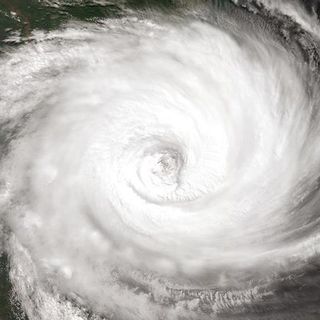In a first, biologists were able to create a large-scale map of microscopic algae on Antarctic coastal snow, which has been melting due to global warming.
In order to successfully map the surface of the coldest continent, the scientists worked extensively for six years with remote sensing technology — a combination of satellite data and ground observation. Their research, published in the the journal Nature Communications, explores how the melting snow has created the perfect slushy conditions in the peninsula that allow these single-cell life-forms to thrive, making the surface of the Antarctic floor appear green.
The scientists were able to identify 1,679 different blooms of green snow algae covering an expanse of 1.9 square kilometres — this denotes a carbon sink of almost 479 tonnes a year, which is equivalent to emissions from about 875,000 car journeys.
Related on The Swaddle:
Study: India Could Become Uninhabitable In 50 Years If Greenhouse Emissions Continue
But, scientists are hopeful that this impact of global warming and climate change could, in fact, potentially create a new source of nutrition for other species. “It’s a community. This could potentially form new habitats. In some place, it would be the beginning of a new ecosystem,” Matt Davey, plant and algal physiologist at the Department of Plant Sciences at the Cambridge University, who was involved in the study, told The Guardian.
In the near future, the researchers intend to measure red and orange algae forms on the continent as well, and track their growth to understand how the continent may be transforming. “I think we will get more large blooms in the future. Before we know whether this has a significant impact on carbon budgets or bio albedo, we need to run the numbers,” Andrew Gray from Cambridge University, the lead author of the paper, said.
At present, certain regions of Antarctica have such dense algae concentration that the bright green-appearing snow can even be viewed from space. And, the scientists believe that with global warming on the rise, the algae blooms will expand their range in the future making the white continent even greener.




